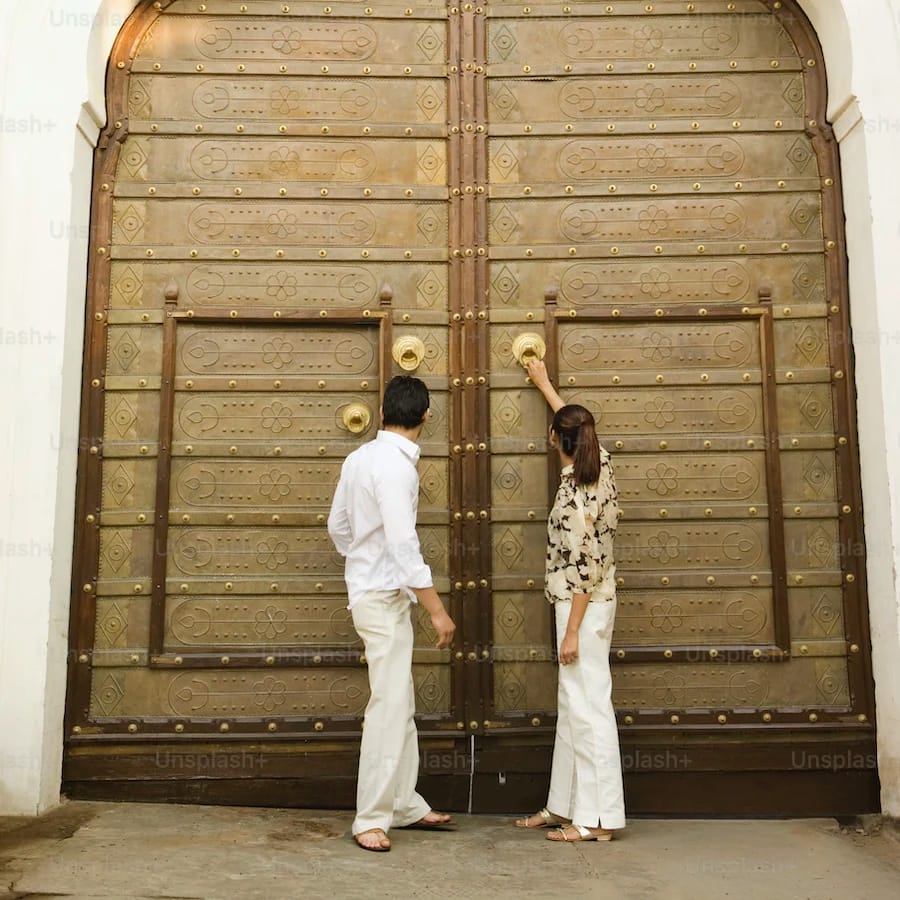Our Services
- Home
- Services

Accommodation
We help travelers find and book suitable accommodation based on their preferences and budget. We have partnerships with various and the best hotels, riads, and resorts in different parts of the country.

Transportation
We arrange transportation for travelers, including airport transfers, car rentals, and private drivers for sightseeing.

Activities
We organize adventurous activities for travelers, such as trekking, hiking, camel riding, quad biking and travel services. We also arrange for outdoor sports such as surfing, windsurfing, and kiteboarding.

Private Concierge
We help travelers find and book suitable accommodation based on their preferences and budget. We have partnerships with various and the best hotels, riads, and resorts in different parts of the country.

DMC & Travel agency
As your DMC & Travel in Morocco, we take the stress out of planning your holiday and create the perfect trip for you that brings your travel dreams to life.


